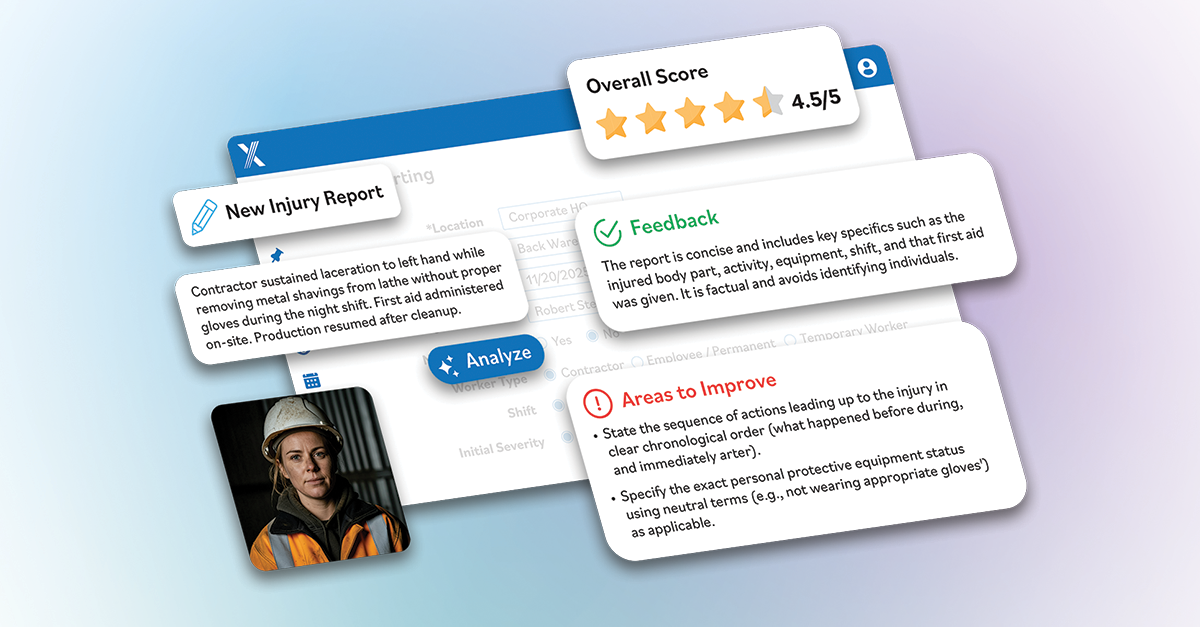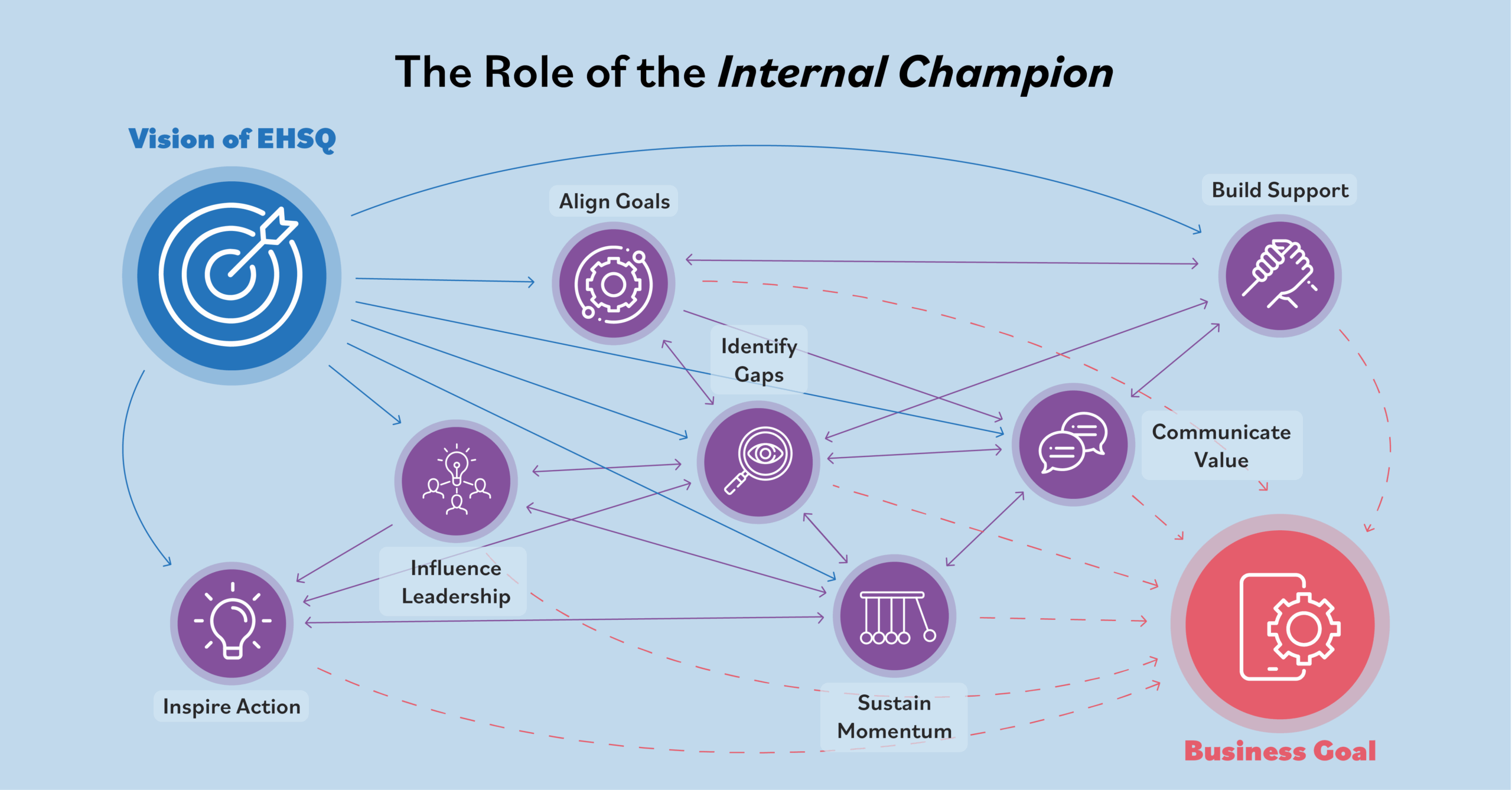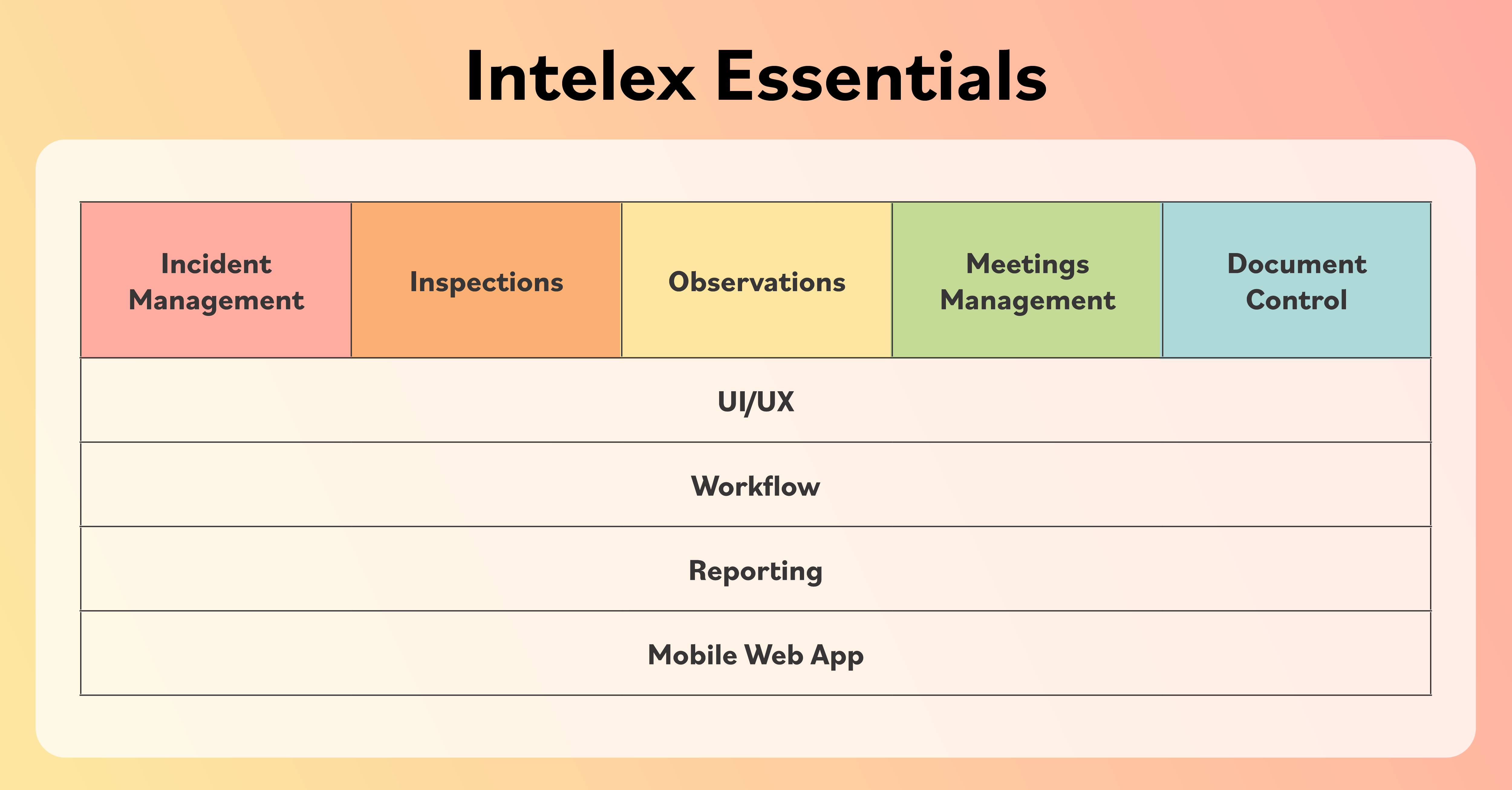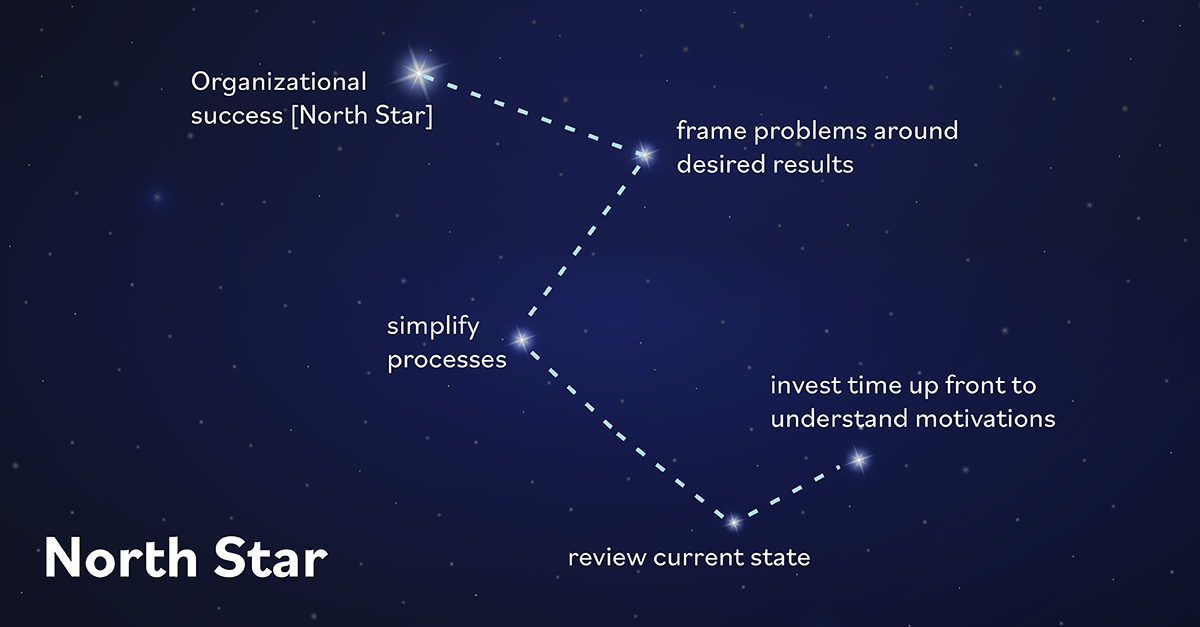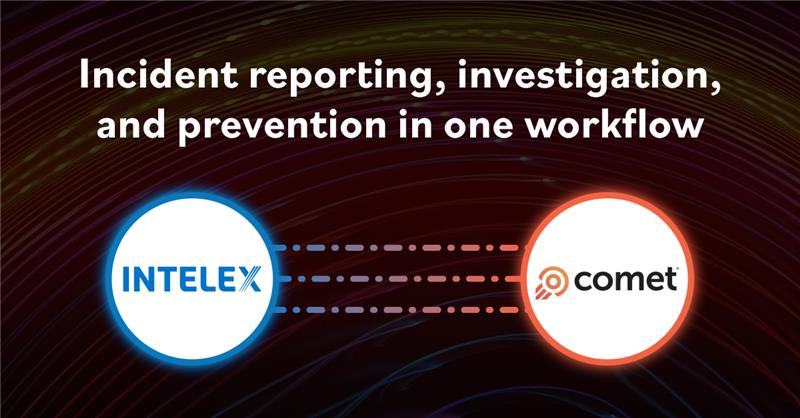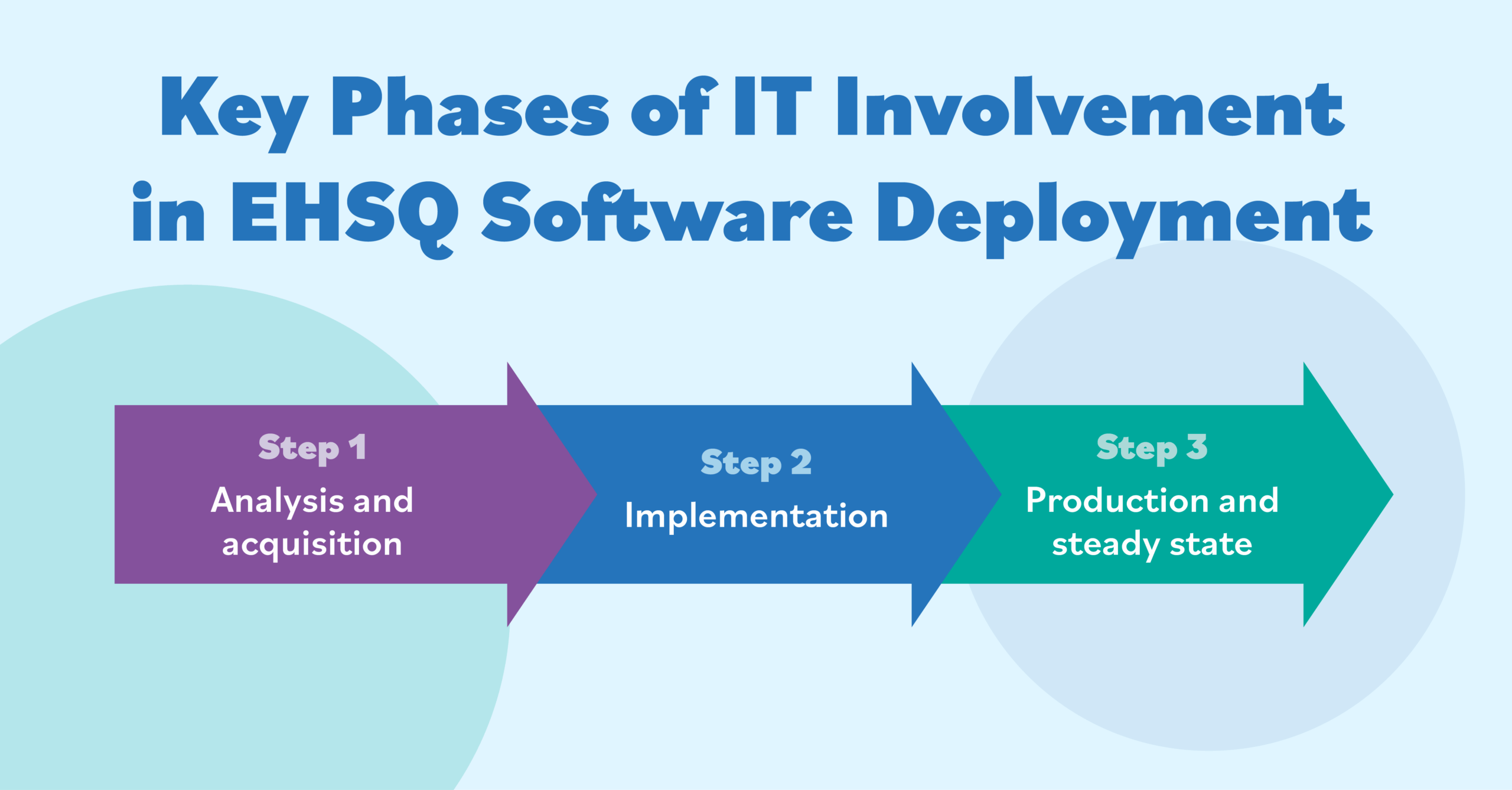
Roll Out EHS Software Faster with Intelex Essentials' DIY Implementation Manager
Every day, your team is losing time, productivity, and peace of mind due to inefficient document management. These challenges don’t just slow your team down—they put your organization at risk. Table of Contents Every industry needs to manage
Latest Posts
- Software Features and Tutorials
Energy-Based Safety: A New Approach to Preventing Serious Injuries and Fatalities
5 minute read Here’s an uncomfortable truth: while Total Recordable Injury Rates have dramatically reduced over the last 20 to 30 years, the fatality rate has stayed flat. What this tells us is that we’ve gotten good at preventing relatively minor...
- Industry Trends and Insights
7 Top Takeaways From the EHS 2026 Trends and Priorities Survey
5-minute read The role of EHS professionals is broader than ever before. Once known as “the safety team,” today’s EHS leaders are also “the well-being, environment, culture, and technology” experts. Intelex surveyed 864 senior EHS professionals...
- Health & Safety Management
Preparing to Look for EHS Technology: Four Keys to a Successful Evaluation Process
6 minute read Throughout my career, I’ve seen many EHS technology evaluations. Some go wildly successful, others painfully convoluted. I started my career as an EHS practitioner, helping organizations research, evaluate, select, and implement new...
- Software Features and Tutorials
Intelex and COMET Partner to Deliver the Best Incident Prevention Platform for High-Risk Industries
5 minute read Intelex and COMET have teamed up to provide one solution that helps your organization move from simply reacting to incidents to actively preventing them. This partnership helps EHS leaders identify and address the root causes of incidents. Most...
- Industry Trends and Insights
How to Show Finance the Value of EHS Tech Using Soft ROI
10 minute read Imagine this: You’ve just finished laying out the benefits of EHS software to your leadership team. You’re feeling confident. You’ve demonstrated how it can lead to improved safety outcomes and foster a stronger culture. Then the CFO...
- Software Features and Tutorials
The Role of IT in Successful EHSQ Software Deployments
4 minute read Over the past seven years at Intelex, I’ve been part of hundreds of EHSQ software deployments. I’ve noticed that among the many factors contributing to successful deployments, one that consistently stands out is when the IT and EHS teams are...




